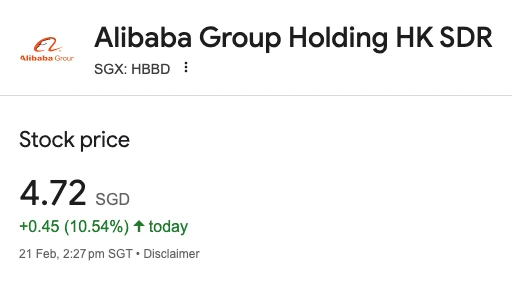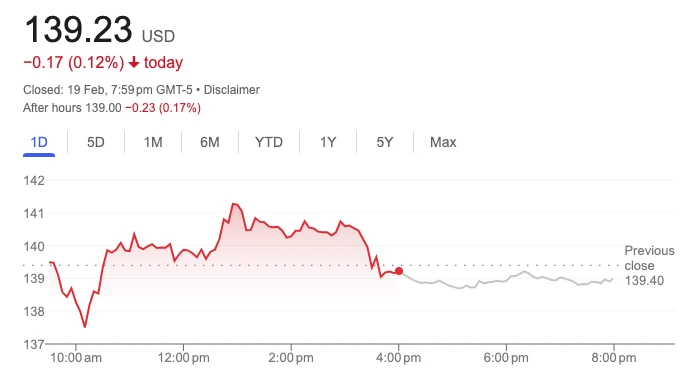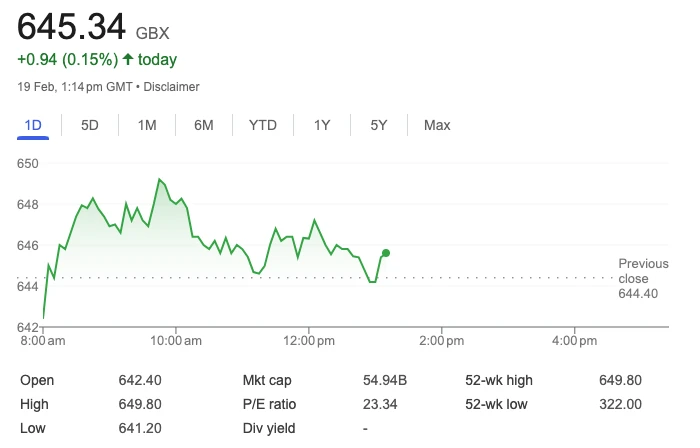
China will reduce the additional tariffs on products imported from the United States from 34 percent to 10 percent, effective from 12:01 p.m. on Wednesday, the Customs Tariff Commission of the State Council announced on Tuesday.
The commission said the 24 percent tariff rate on U.S. goods will be paused for 90 days.
The move comes as an implementation of the significant consensus reached during the high-level China-U.S. meetings over the weekend.
The additional tariff measures outlined in Announcement No. 5 [2025] and Announcement No. 6 [2025], concerning the adjustment of additional tariffs on U.S. imports, will also be terminated at the same time on Wednesday.
This substantial reduction in bilateral tariff levels between China and the United States aligns with the expectations of producers and consumers in both countries. It is conducive to the economic and trade exchanges between the two nations and beneficial to the global economy, the commission said.
News source: CGTN
The following is CCNCD's interpretation of this news:
On May 13th, 2025 (Tuesday), the Customs Tariff Commission of the State Council announced that, starting from 12:01 p.m. on May 14th (Wednesday), the additional tariff rate on products imported from the United States will be reduced from 34% to 10%, and the 24% tariff rate on U.S. goods will be paused for 90 days. This move is a specific embodiment of implementing the important consensus reached in the high - level China - U.S. economic and trade talks. Meanwhile, the additional tariff measures outlined in Announcement No. 5 [2025] and Announcement No. 6 [2025] regarding the adjustment of additional tariffs on U.S. imports will also be terminated at the same time.
This tariff adjustment is of great significance. From the perspective of bilateral relations, reducing the additional tariff rate is conducive to reducing enterprise costs and promoting bilateral trade. For U.S. enterprises, the cost of their agricultural products, high - tech products and other goods entering the Chinese market is significantly reduced, enhancing the price competitiveness of their products. As a result, the export scale is expected to expand, and enterprise profits may also increase accordingly. For Chinese import - ing enterprises, the cost pressure is greatly alleviated. For example, the cost of key parts and components imported from the United States by automobile manufacturing enterprises is expected to decrease, which can effectively reduce the production cost and enhance the competitiveness of products in domestic and foreign markets. American - imported fruits, meats, and other products, which were previously highly priced due to high tariffs, may be available on the shelves at more reasonable prices. The prices of high - end electronic products are also expected to decrease, allowing consumers to enjoy products with higher cost - effectiveness.
From a global perspective, as the world's two largest economies, the tariff adjustment between China and the United States helps ease the global trade tensions, avoid the further fragmentation of the global industrial chain, and inject impetus into the global economic recovery. At the same time, a 90 - day "suspension period" is set for this adjustment. If the two sides fail to reach a further agreement, the 24% additional tariff may be restored, which also reserves a policy window for the subsequent negotiations between the two sides, reflecting a strategic balance in the complex international situation.












